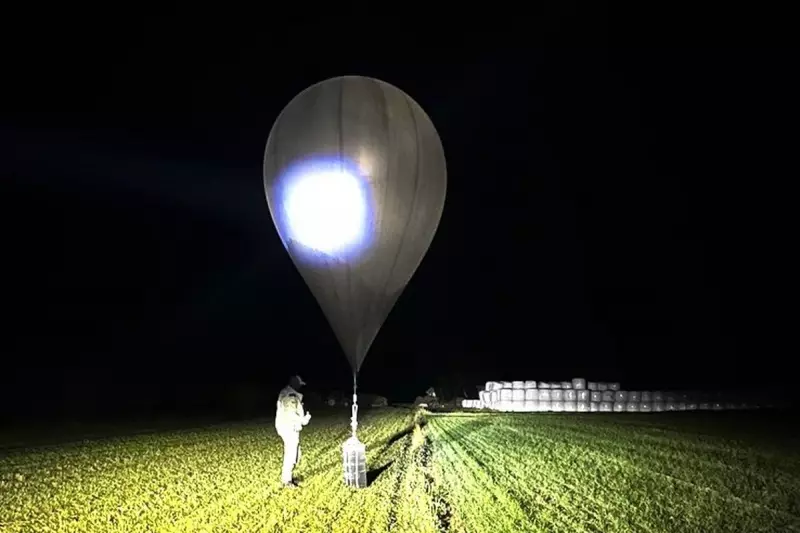
In a decisive move to bolster national security, Lithuania has approved plans to construct a sophisticated defence barrier along its volatile borders with Belarus and Russia. This strategic initiative represents the most significant fortification of NATO's eastern flank in recent years.
A Multi-Layered Defence Solution
The comprehensive barrier system will incorporate both physical and technological elements designed to enhance border protection and surveillance capabilities. The defence ministry has outlined a phased approach to implementation, with construction scheduled to commence imminently.
Key components of the defence system include:
- Advanced surveillance and detection equipment
- Physical barrier structures in strategic locations
- Integrated command and control systems
- Rapid response infrastructure for border guards
Regional Security Context
This defensive measure comes amid escalating tensions in Eastern Europe, particularly following increased military activity in Belarus and the ongoing conflict in Ukraine. Lithuanian officials have emphasised the preventive nature of the project, describing it as a necessary response to evolving security threats.
"This is not about isolation but about protection," stated a senior defence official. "We are implementing what any sovereign nation would do when facing increased regional instability and potential hybrid threats."
NATO Alignment and Strategic Importance
The defence barrier aligns with NATO's broader strategy of reinforcing eastern member states against potential aggression. Lithuania's geographical position makes it a crucial component of the alliance's defensive architecture, serving as both a frontline state and a strategic gateway to the Baltic region.
The project has received tacit support from NATO leadership, who view it as complementary to the alliance's existing defence initiatives in the region. This development signals a new phase in the military consolidation of NATO's eastern borders.
Implementation Timeline and Budget
Government documents reveal a carefully structured implementation plan with clear milestones and accountability measures. Funding has been allocated through both national security budgets and European defence initiatives, reflecting the project's multinational importance.
Construction is expected to proceed in multiple phases, with priority given to the most vulnerable border sections. The complete system is projected to be operational within the next two years, though critical elements will become functional much sooner.
This defensive infrastructure represents Lithuania's most significant border security investment since joining NATO, underscoring the nation's commitment to proactive defence in an increasingly uncertain European security landscape.





